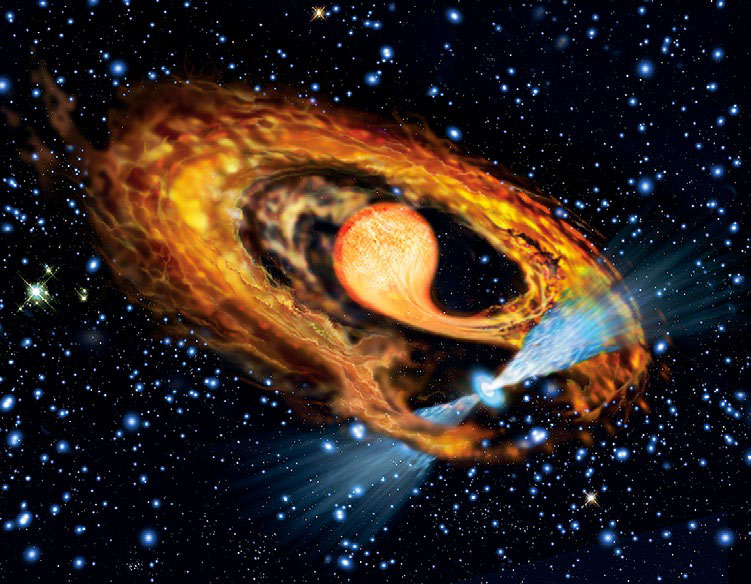China’s Five-hundred-meter Aperture Spherical Telescope (FAST) has uncovered the first known pulsar in Messier 92, a globular star cluster roughly 27,000 light years away in the constellation of Hercules. The swiftly spinning and pulsating object, which goes by two names - PSR J1717+4307A and M92A - forms one part of an eclipsing binary system in which it is siphoning material from a stellar companion.

The binary pair was spotted in Messier 92
© ESA
A research team led by Zhichen Pan and Di Li from the National Astronomical Observatories of the Chinese Academy of Sciences (NAOC), which operates FAST, has shown that M92A spins at a rapid speed of 316.5 rotations per second and co-orbits a star lighter than our Sun, weighing in at 0.18 solar masses.